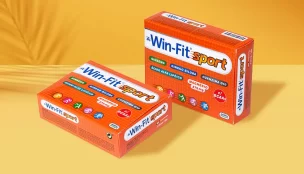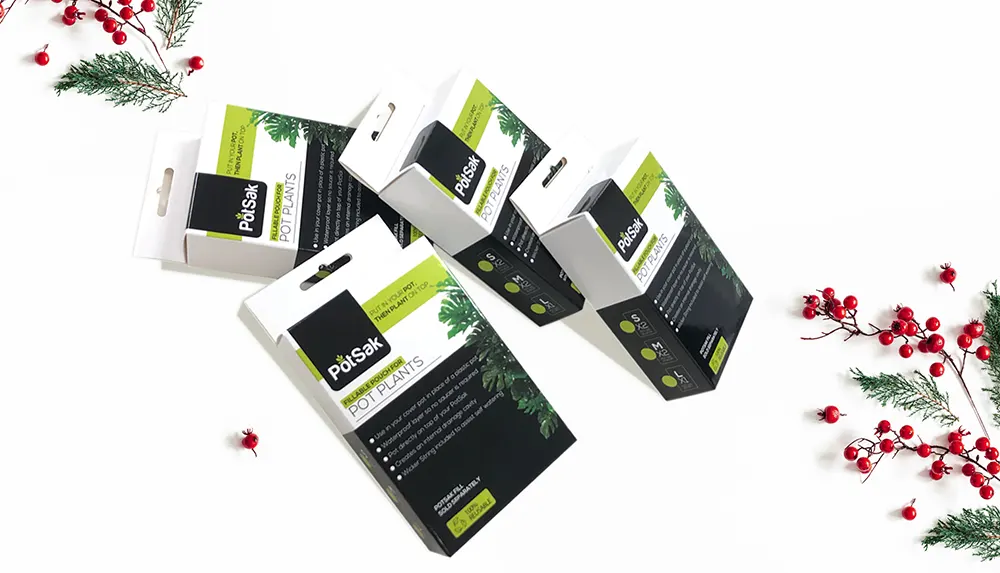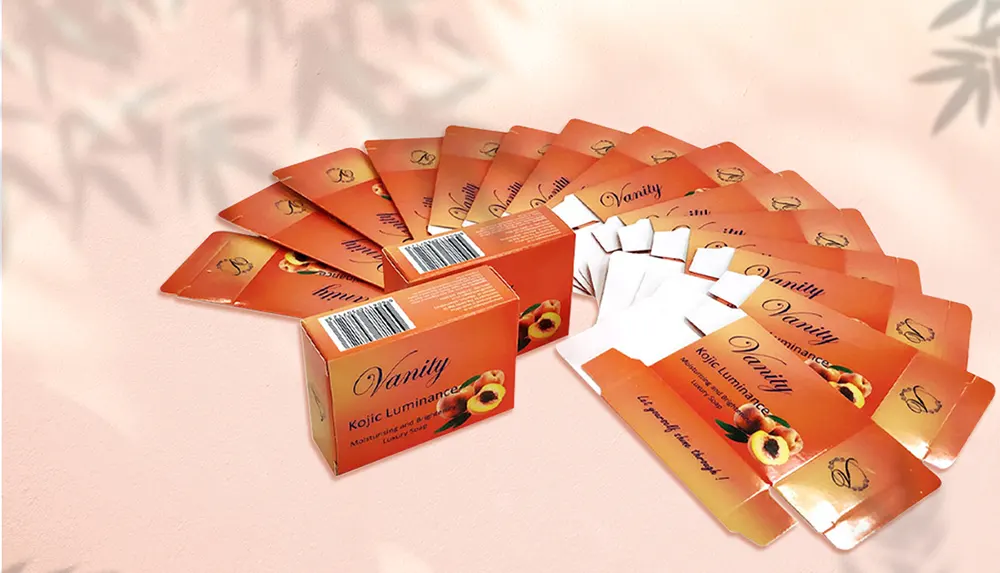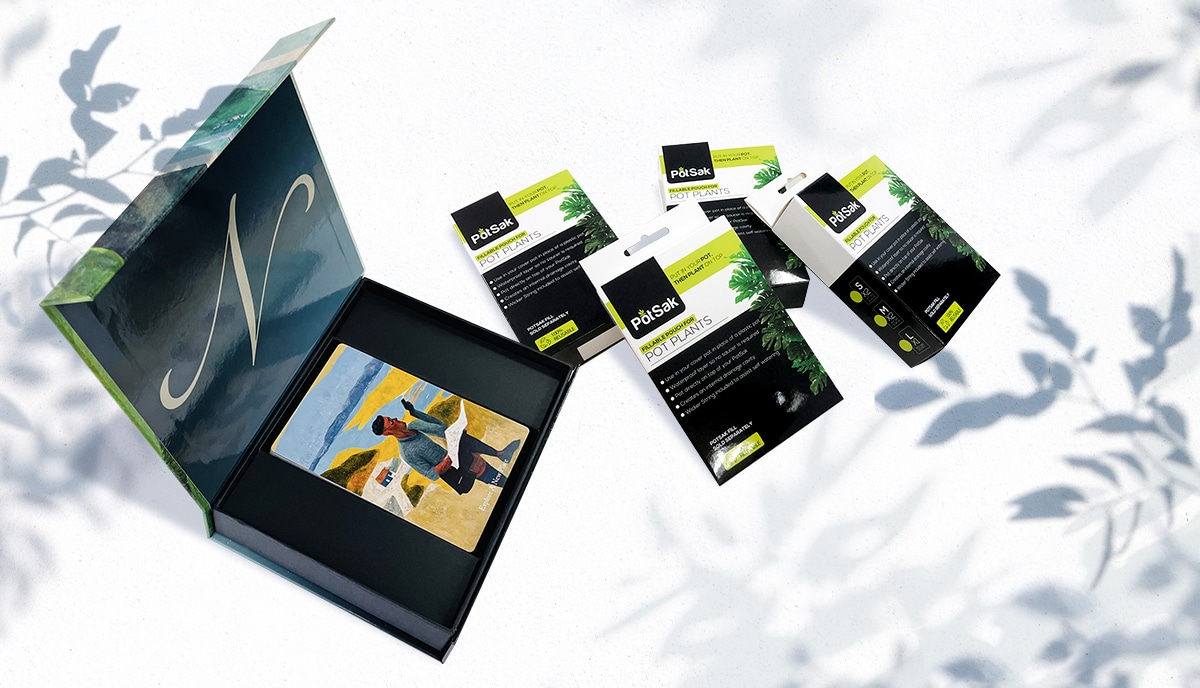We examine the latest developments in pharmaceutical packaging design and explore new trends and ideas in this rapidly developing sector
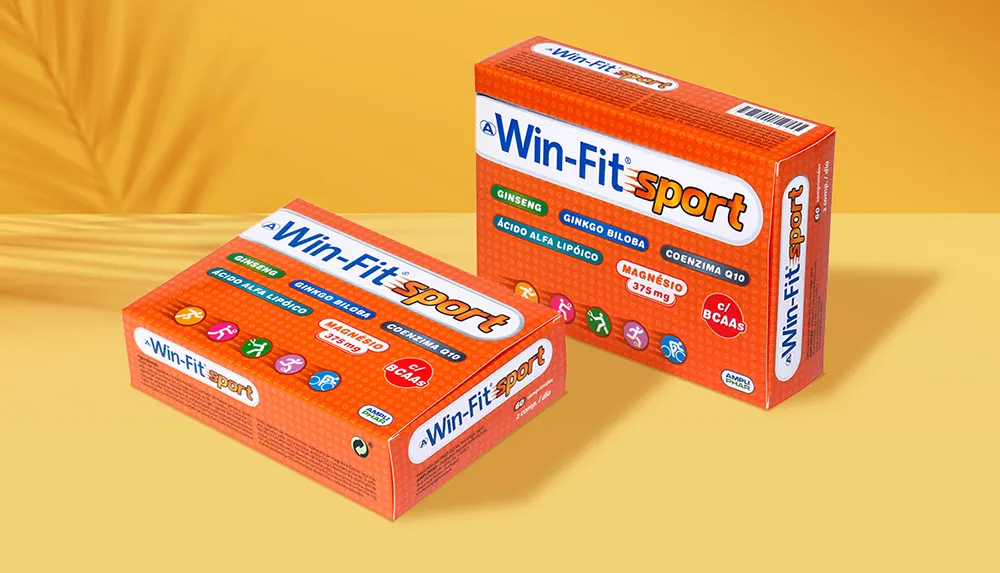
As a major international offset printer and packaging manufacturer with over 25 years' experience, we've seen how the pharmaceutical packaging industry is undergoing a significant transformation. With the rapid development of new drug delivery systems and increasing demand for sustainable and user-friendly packaging solutions, pharmaceutical companies are increasingly focusing on innovative packaging designs that cater to the developing needs of their customers.
It's also an increasingly competitive sector, so to stay ahead of the game, if you're engaged to design, print, and order new packaging for your company's pharmaceuticals, you need to make sure that you know what's happening at the cutting edge.
In this article, we'll explore the latest trends in pharma packaging design ideas, delving into the special features, principles of packaging design, and emerging structural packaging concepts that are shaping the future of the industry. We'll also discuss the packaging requirements and popular packaging solutions for pharma products. Let's dive in!
Accessible and user-friendly packaging
Pharmaceutical packaging is increasingly being designed with the end-user in mind. This focus on accessibility and user-friendliness has led to the development of several innovative packaging solutions that cater to the needs of patients. Many pharmaceutical products now come in easy-to-open packaging, such as perforated packs, which can be opened and closed even by patients with motor inhibitions or other disabilities. This type of packaging is beneficial for senior patients or those with limited dexterity, who may struggle with more traditional packaging designs.
Pharmaceutical packaging must provide clear, legible, and prominent information about the product's usage instructions, allergy warnings, disposal instructions, expiration dates, and emergency care contact information. This guarantees that patients are well-informed about the medication they are taking and can use it safely and effectively. Some pharmaceutical packaging designs now incorporate Braille to make them more accessible to visually impaired patients. This enables these individuals to access vital information about their medication with no help.
Eco-friendly and sustainable packaging
Sustainability and environmentally friendly packaging have become major trends in the pharmaceutical industry, with companies increasingly seeking to reduce their environmental impact and embrace sustainable packaging materials and practices. Making packages that are tailored to fit, constructed from recycled or FSC-certified paper and include biodegradable varnishes and are printed with vegetable-based, non-toxic inks is becoming the norm.
Quality by Design (QbD) is an emerging trend in pharma packaging that emphasizes effective design processes incorporating multiple variants with risk assessment at every stage. This approach helps to make sure that medicine is administered to patients as intended, while also minimizing the environmental impact of packaging materials.
Efforts are being made to develop even more sustainable practices beyond recyclable and biodegradable packaging solutions for pharmaceutical products. These include innovations in flexible packaging, which is becoming an increasingly popular and easily recyclable option, as well as research into alternative materials, such as paper made from hemp or other fibers rather than tree pulp.
Child-resistant and tamper-evident packaging
With the increasing concern for patient safety, pharmaceutical packaging designs now often incorporate child-resistant and tamper-evident features. These designs prevent unauthorized access to medications and ensure that the integrity of the product is maintained. Child-resistant packaging prevents children from accessing potentially harmful medications. For example, consider including features such as push-and-turn caps on bottles or specialized packs that require two-handed operation.
Tamper-evident packaging shows visible signs of tampering, alerting patients to potential risks associated with compromised medications. This can include features such as tamper-evident seals, breakaway flaps, or other visual indicators that the product has been tampered with. Even a simple adhesive seal over the closure tabs can be effective.
Smart and connected packaging
With refined digital and communication technologies becoming cheaper and more efficient, smart and connected packaging is a growing trend in pharmaceutical packaging design, with companies leveraging technology to improve patient adherence, track medications, and ensure the authenticity and safety of their products. Some pharmaceutical packaging designs now incorporate electronic monitoring systems and reminders to help patients adhere to their medication schedules. Examples we've seen recently include features such as smart pill dispensers, which release medication at pre-set intervals and provide reminders for patients to take their medications. While that's not something we would handle as an offset printer, it's still an item that companies ask us to create custom cartons to contain for storage, transit, and display, for example.
Track and trace systems are increasingly being integrated into pharmaceutical packaging designs, allowing companies to track their products throughout the supply chain and ensure their authenticity. These systems may include unique serial numbers or QR codes printed on packaging materials, which can be scanned and verified by healthcare professionals and patients alike.
Customized and personalized packaging
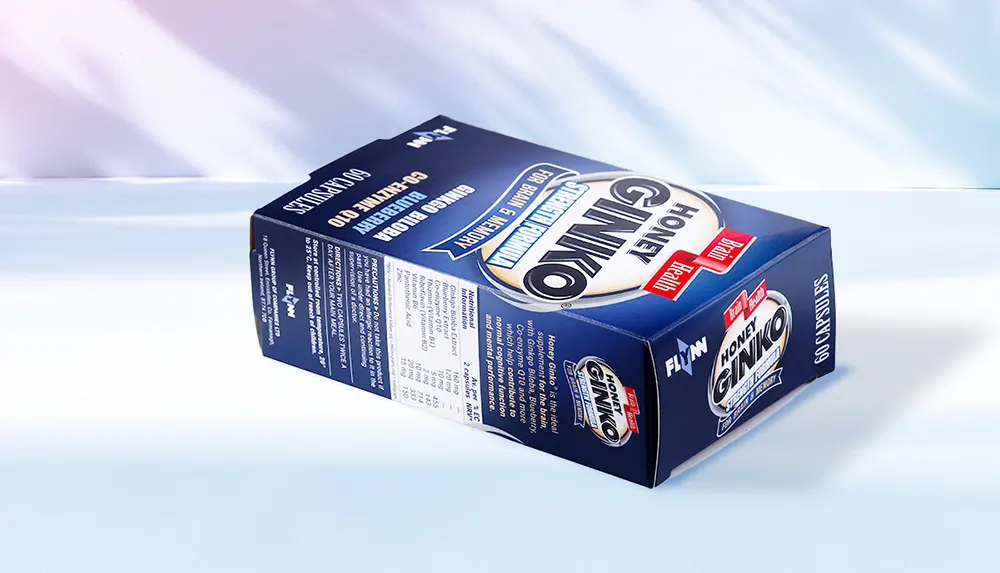
As the pharmaceutical industry continues to evolve, there is an ever-increasing trend toward customized and personalized packaging designs that cater to the unique needs and preferences of individual patients. Patient-centric packaging design focuses on the specific needs, preferences, and lifestyles of individuals or specific, clearly identified groups. For example, patients who are differently abled, neurodivergent, or autistic can be helped with packaging, which is designed to function according to their particular perceptive processing or motor skills.
For example, personalization and customization in pharmaceutical packaging design can include features such as color-coding, unique shapes, or different materials to help patients easily identify and differentiate between their medications. This can help to improve patient adherence and reduce the risk of medication errors.
Innovative structural packaging design ideas
Pharmaceutical companies are increasingly embracing innovative structural packaging design ideas to create unique and user-friendly packaging solutions for their products. Multi-compartment packaging designs, such as those used for combination therapies or multi-dose medications, can help to improve patient adherence by simplifying the medication regimen and ensuring that patients receive the correct dosage of each medication. Flexible and resealable packaging designs, such as pouches or sachets, can provide convenient and portable packaging solutions for pharmaceutical products. These designs not only offer improved functionality and ease of use but can also help to extend the shelf life of medications by providing airtight and moisture-resistant packaging.
Medicines and packaging requirements
Different medicines have unique packaging requirements that must be considered during the design process. These requirements can include factors such as
- Stability and shelf life
- Compatibility
- Regulatory compliance
Pharmaceutical packaging designs must ensure the stability of medications and protect them from factors such as light, moisture, and temperature, which can affect their efficacy and shelf life. They must be compatible with the medications they contain, ensuring that there are no adverse reactions or contamination risks. Packaging designs for medicines and associated products must meet the stringent regulatory requirements of the countries in which they are sold, including guidelines for labeling, safety, and environmental impact.
Special features of pharmaceutical packaging design
Pharmaceutical packaging designs often incorporate special features that improve patient safety and adherence. Dosage indicators can help patients ensure they are taking the correct amount of medication, reducing the risk of under- or over-dosing. Calendar packaging, which incorporates a calendar or schedule into the packaging design, can help patients keep track of their medication regimen and improve adherence. Color-coding can help patients easily differentiate between their medications, reducing the risk of medication errors.
Principals of packaging design
To sum up, modern pharmaceutical packaging design should adhere to several key principles to ensure the safety, efficacy, and accessibility of the medications it contains:
- Protection
Packaging designs must provide adequate protection for the medications they contain, ensuring their stability, shelf life, and efficacy.
- Accessibility
Packaging should be designed with the end-user in mind, ensuring that it is easy to open and use, particularly for patients with limited dexterity or visual impairments.
- Compliance
Pharmaceutical packaging designs must meet the regulatory requirements of the countries in which they are sold, taking into account factors such as labeling, safety, and environmental impact.
By embracing these latest trends in pharma packaging design ideas and adhering to the principles of packaging, you can create innovative and user-friendly packaging solutions that not only meet the unique needs of your customers but also contribute to a more sustainable and accessible future for the industry.
Let's talk!
If you're looking for high-quality, affordable solutions for your pharmaceutical packaging needs, we should talk. Get in touch to talk through your requirements or ask us for a no-obligation quote.





